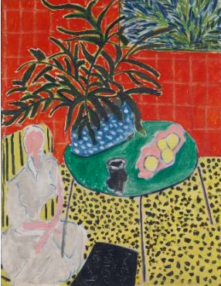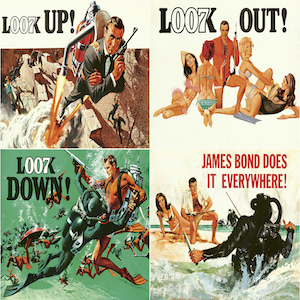Frame: Concrete Poetry
By Ravi Basnayake
Whether it’s with a sonnet or a haiku, poetry is the art of shaping words and sentences as to suggest and evoke sensations, impressions and vivid emotions through rhythms, harmonies and verses. In general, it’s usually the meaning of the poem that matters, but actually so does the spatial layout, the arrangement, the structure or the surface. Concrete Poetry focuses more on the latter.
Equally known as visual poetry, it’s not a typical poem where the words mean everything. Instead, it’s the characters or the words that are outlining a shape to create a unique yet border-lining piece between visual art and poetry.
Although concrete poetry was born in the 1950s, notably in South America along with work from Augusto de Campos and his Brazilian compatriots or in Europe with Eugen Gomringer who’s regarded as its founder, iconic poets such as Guillaume Apollinaire had been early precursors of this art.
 A calligramme by Guillaume Apollinaire 1920
A calligramme by Guillaume Apollinaire 1920
While qualified as such, it can sometimes look more visual art than poetry. But that’s very much part of its appeal and what makes it different.
 Joseph Felix Ernst ‘Idee des Döhl’ 2011 inspired by Reinhard Döhl’s famous ‘Apfel’ 1965
Joseph Felix Ernst ‘Idee des Döhl’ 2011 inspired by Reinhard Döhl’s famous ‘Apfel’ 1965
With this in mind; let’s not forget Russian constructivism, one of the most influential modern art movements of the 20th century which pretty much resembles the ideas mentioned above. Emerging in the 1910s, Russian constructivism consists of an art that is broken down to its fundamental elements coupled with modernity, abstraction and which tends to be more experimental than emotional. Both Constructivism and Concrete poetry drew inspiration from futurism and therefore are prone to geometric, minimalistic forms.
Vladimir Tatlin, Kasimir Malevich, Alexandra Exter, Robert Adams, and El Lissitzky are the most famous artists associated with the movement.
 El Lissitzky, ‘1. Part of the Show Machinery’ from ‘Victory Over the Sun’ 1923
El Lissitzky, ‘1. Part of the Show Machinery’ from ‘Victory Over the Sun’ 1923





